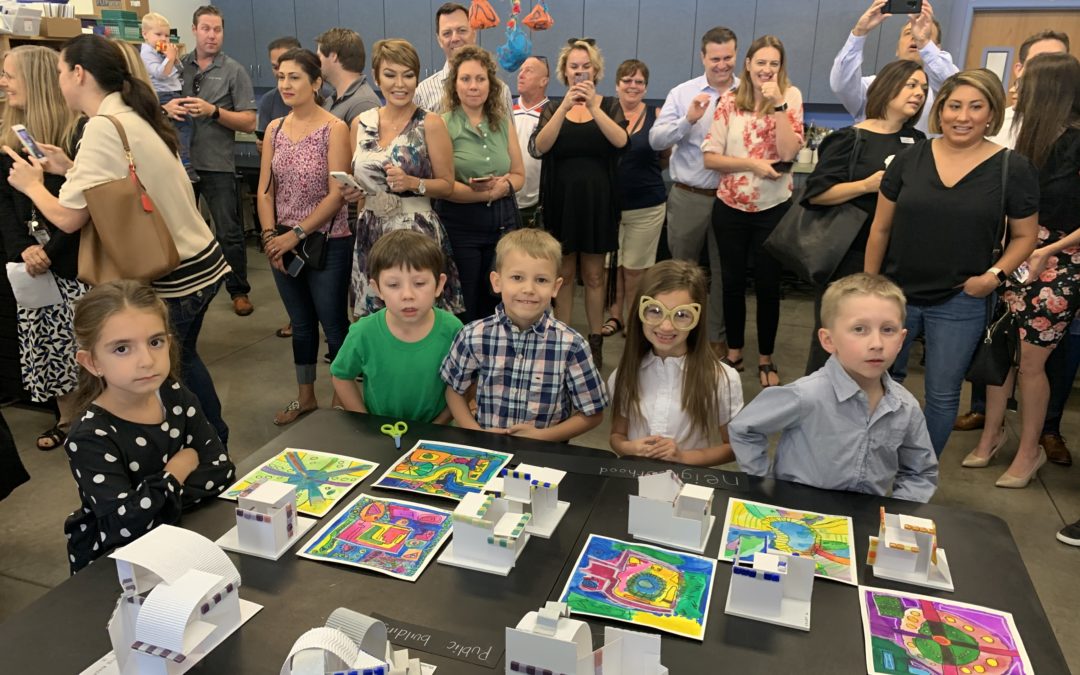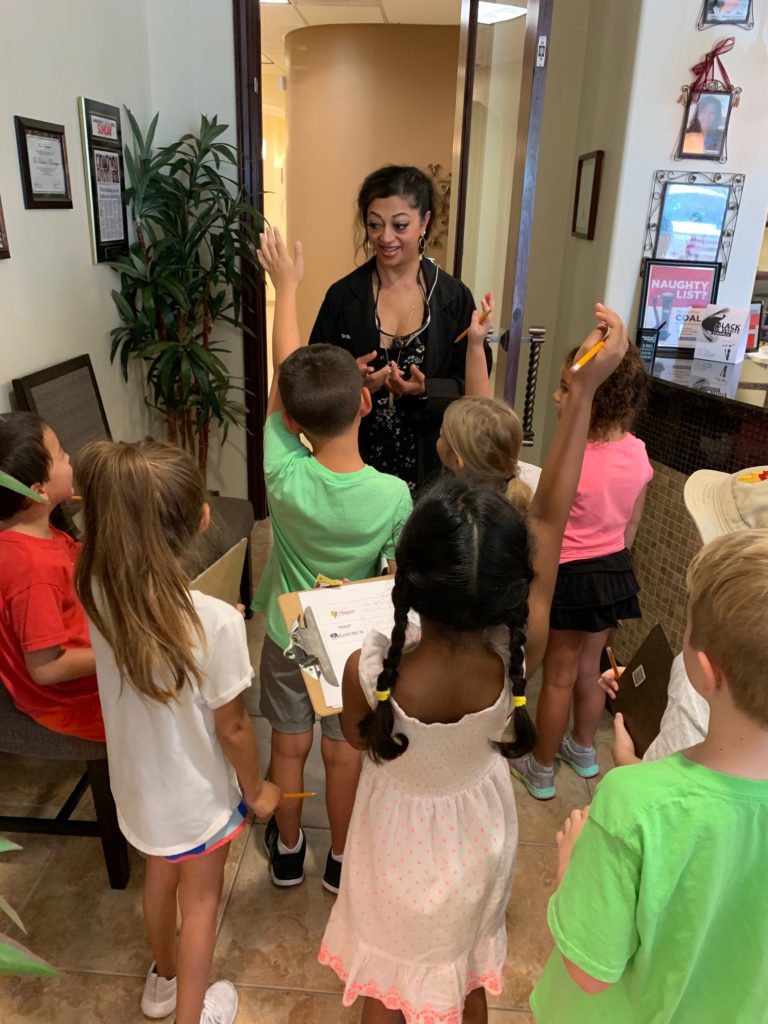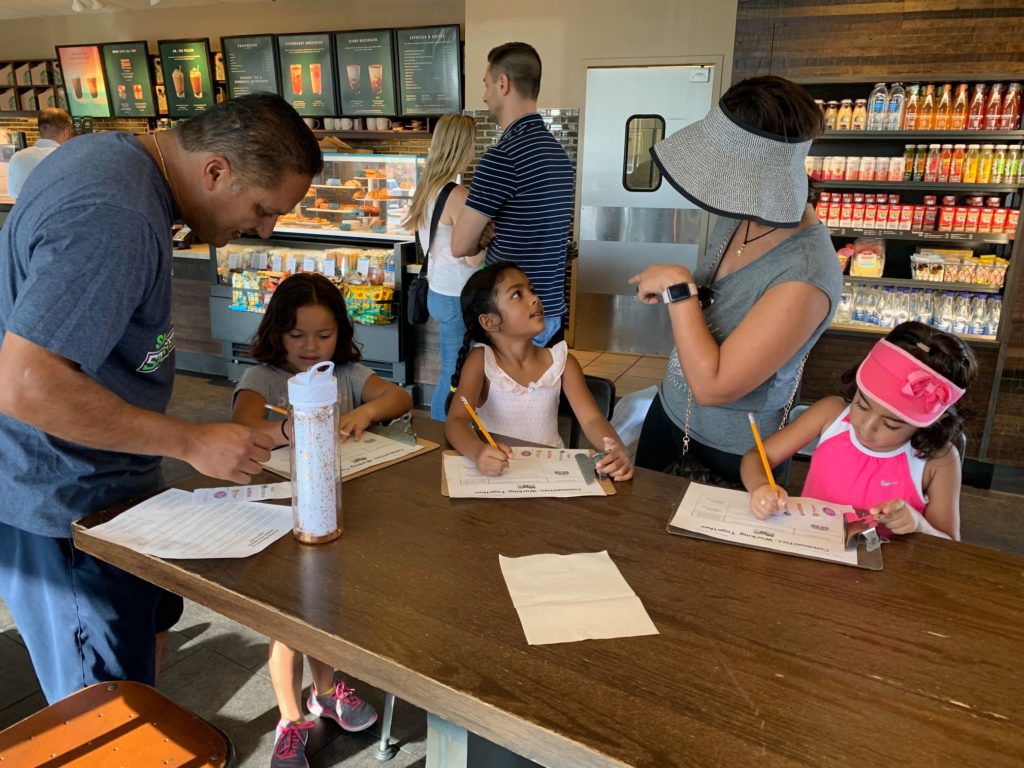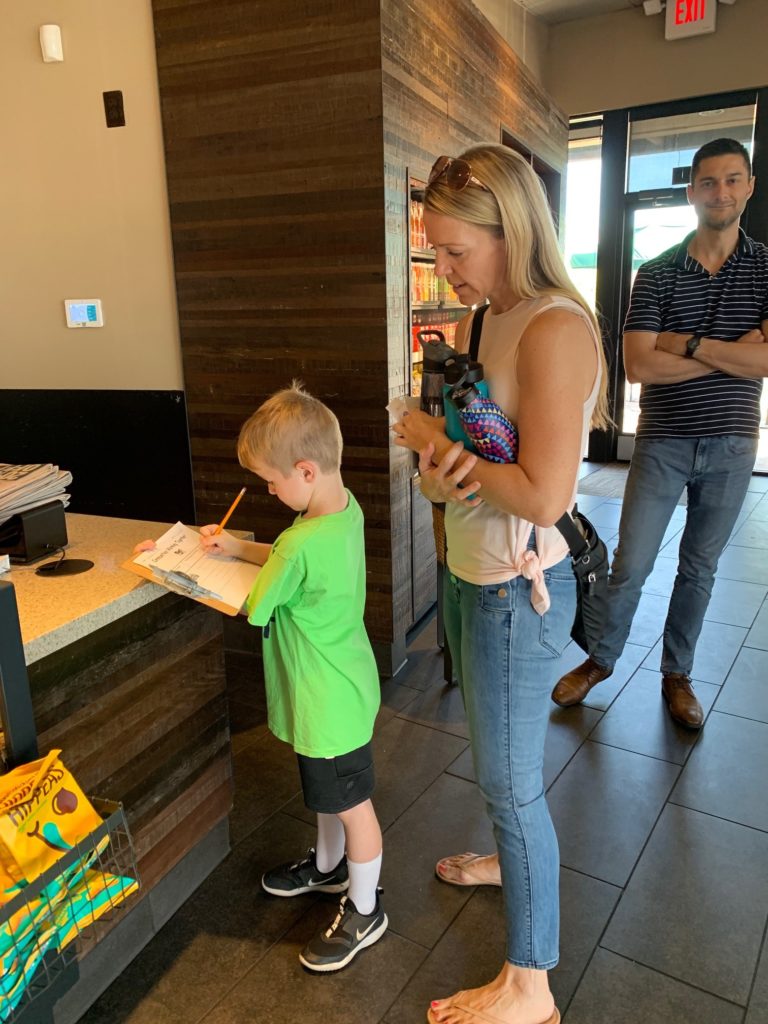Summit School first graders just finished their economics and business unit that embraces the way students absorb concepts, paving the way for future entrepreneurs.
“Students might not be prompted to ask questions if they were just reading about economics and business in a book. We love to get out and give them real life contextual experiences.” –Christine Odenkirk
First grade teachers Christine Odenkirk and Leslie Gearhart have created a multi-layered approach to teaching state and nationally-mandated economics standards. Rather than just teaching the vocabulary and expecting memorization, their project-based approach is giving the students valuable experiences that invite them to make observations and ask questions. The results span across multiple disciplines and students show a deeper understanding of complex concepts.
Students kicked off their business unit by doing a scavenger hunt at local businesses.
They learned to be to make observations and ask questions like:
- Why would you choose to visit one business over the other?
- What observations can you make about a business before even going in?
- What businesses offer a good versus a service?
- What’s the benefit of saving money versus spending it?
- Does location of a business matter?
- How does a particular business solve a problem?
The students also further developed their opinion writing skills, which is an academic standard for their grade level, by sampling pizza from three different locations and crafting a Yelp review.
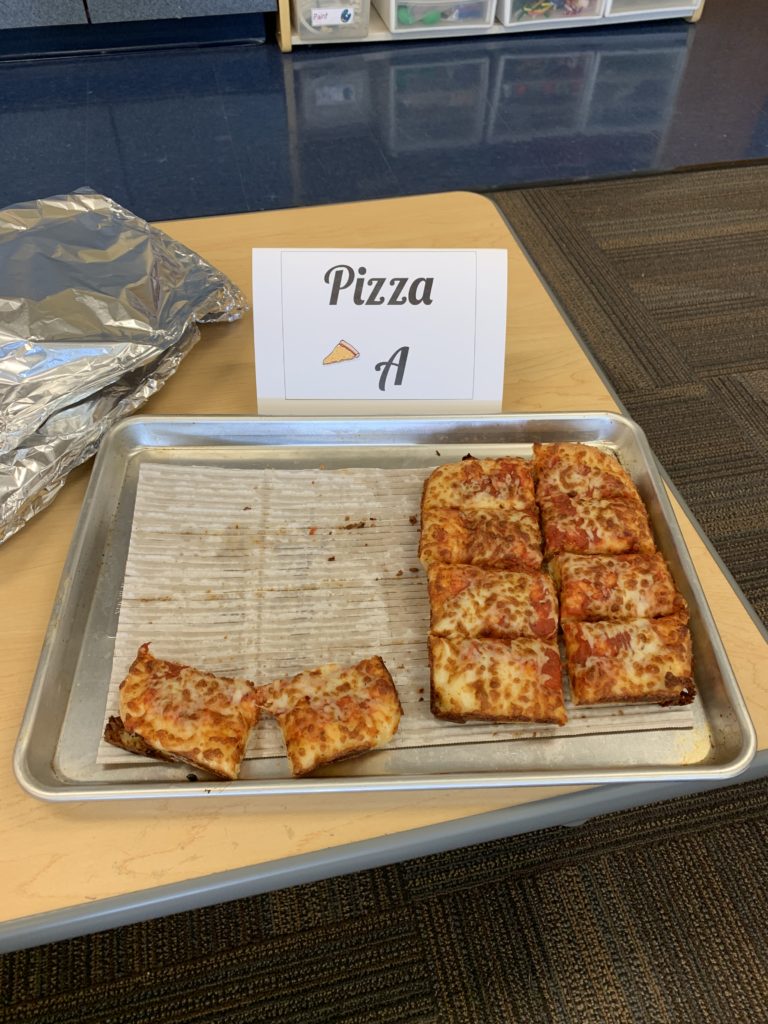
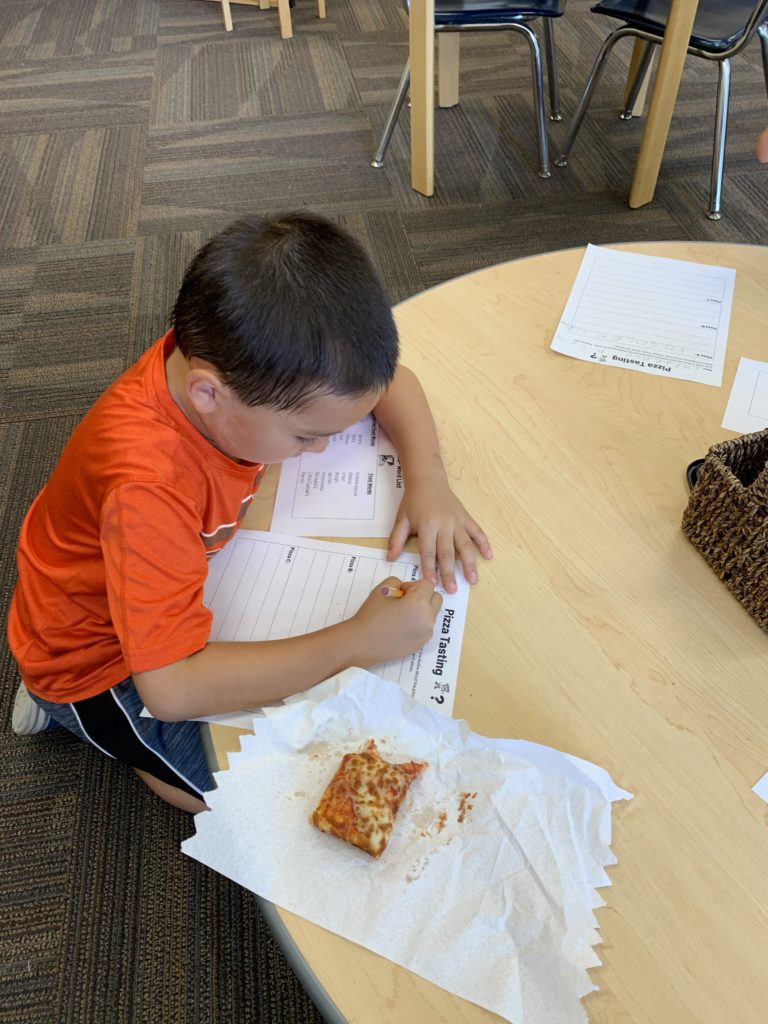
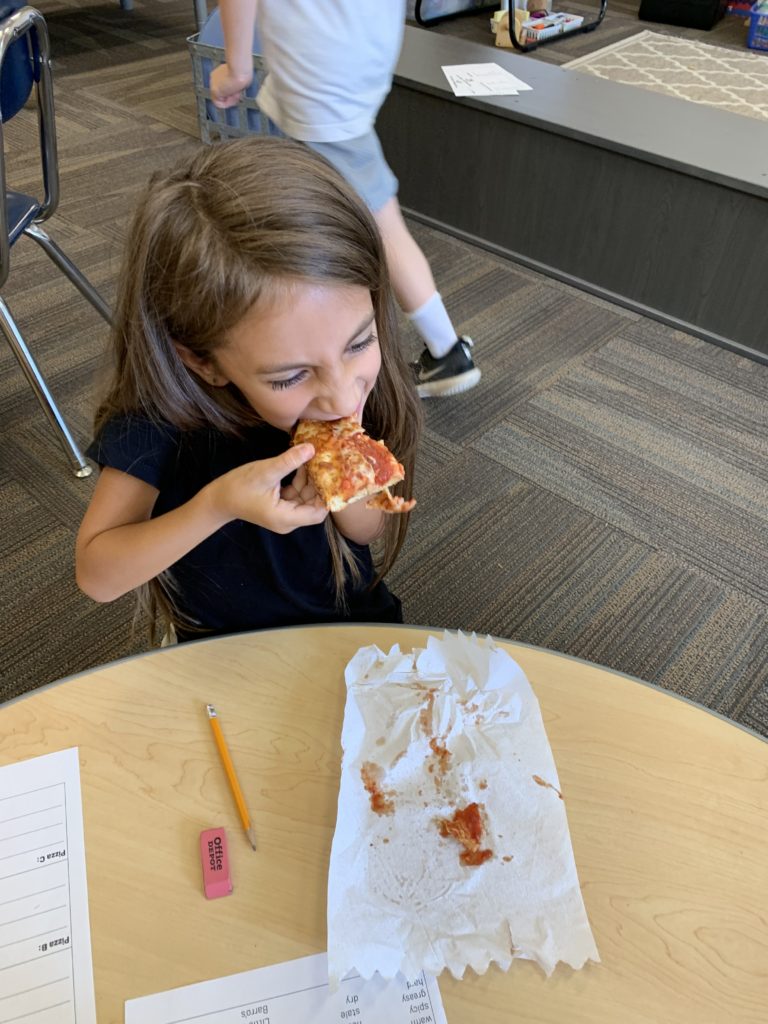
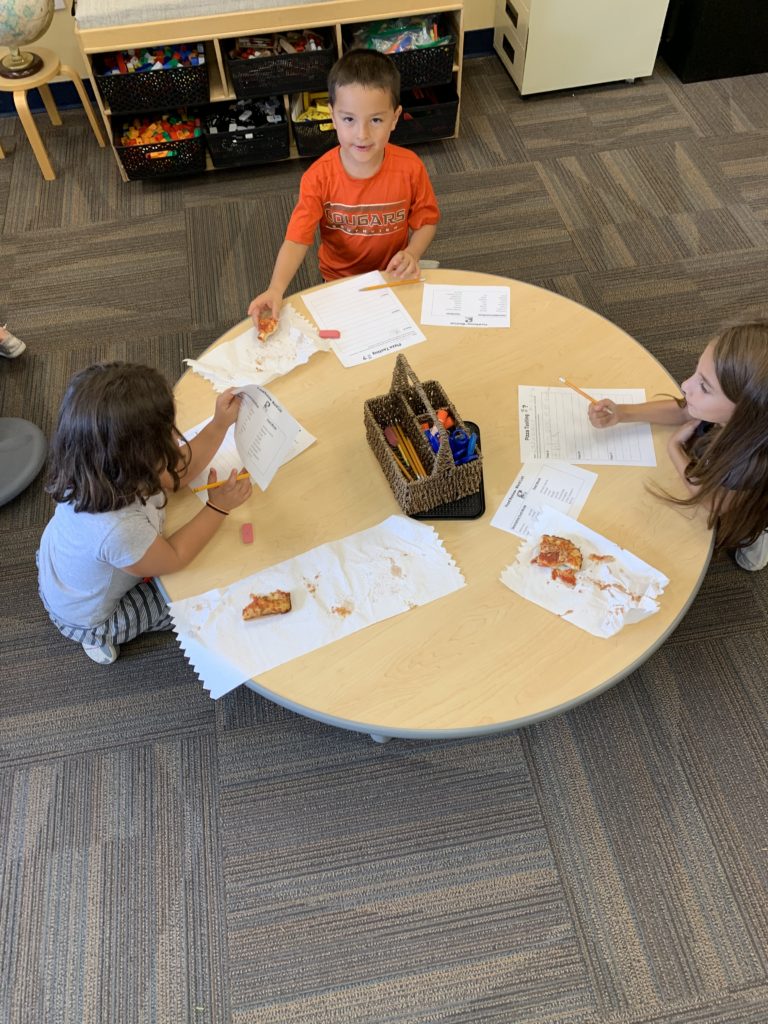
Market Day: Spend or Save?
Students also participated in Market Day. This exercise presented each student with the equivalent of five dollars that they could spend at the market on goods or services OR save in their ‘bank account’ to buy something from the treasure box later. This part of the unit helped students understand the basics of making purchases and how limited resources means you have to make a choice about how you spend your money.
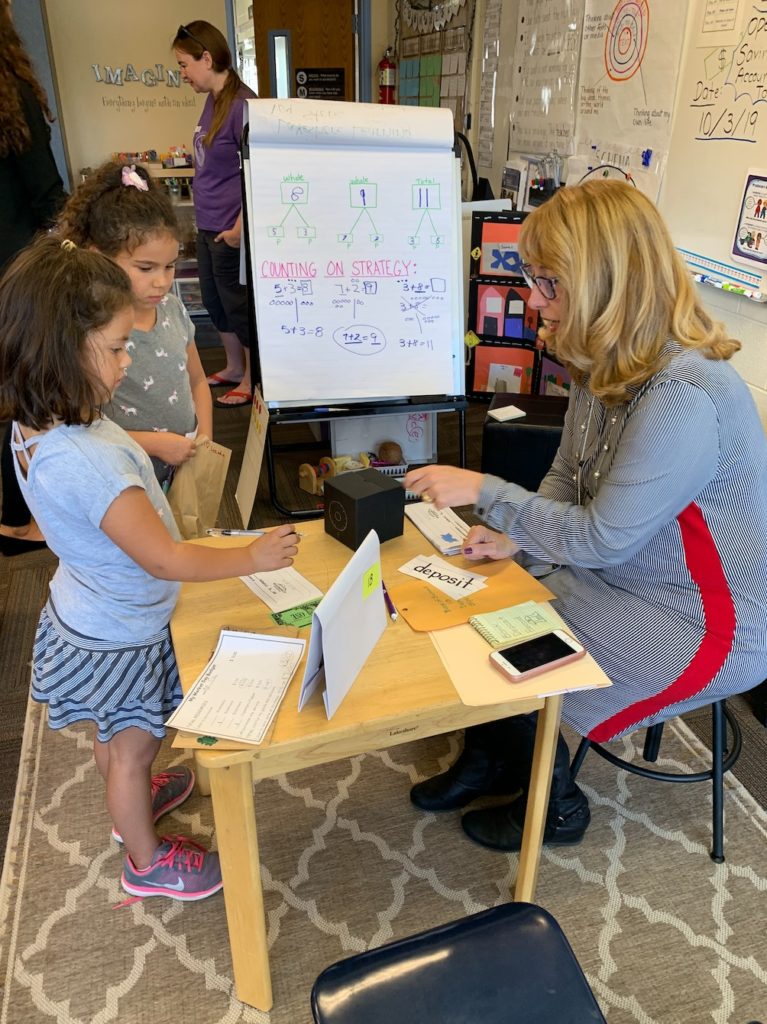
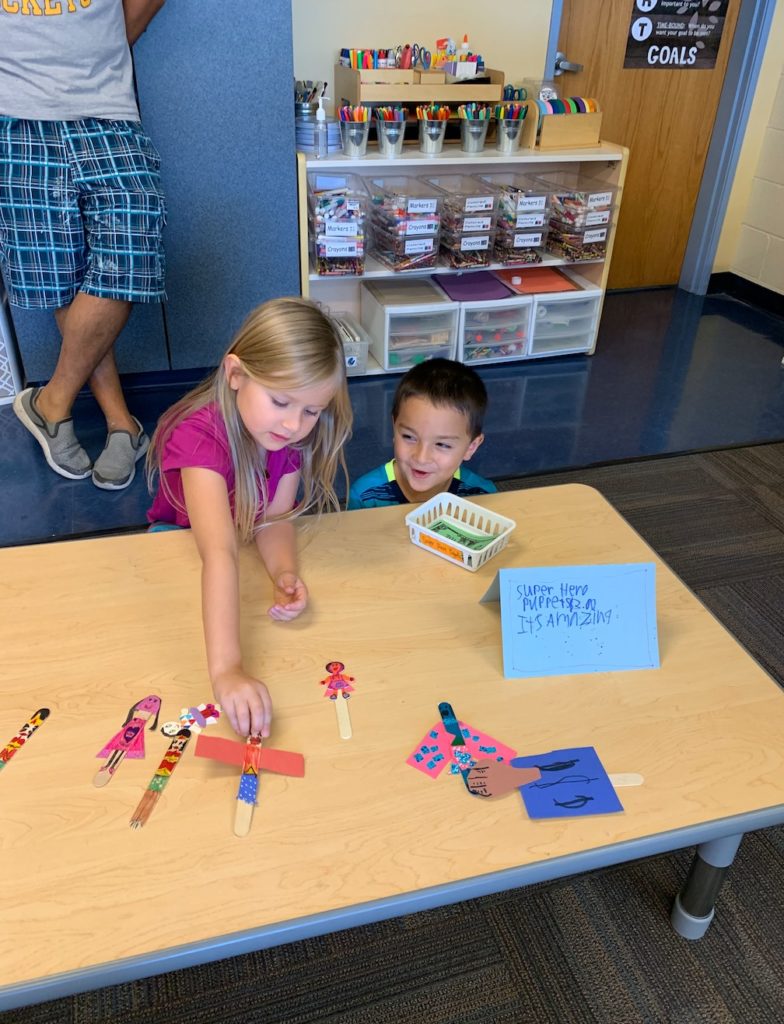
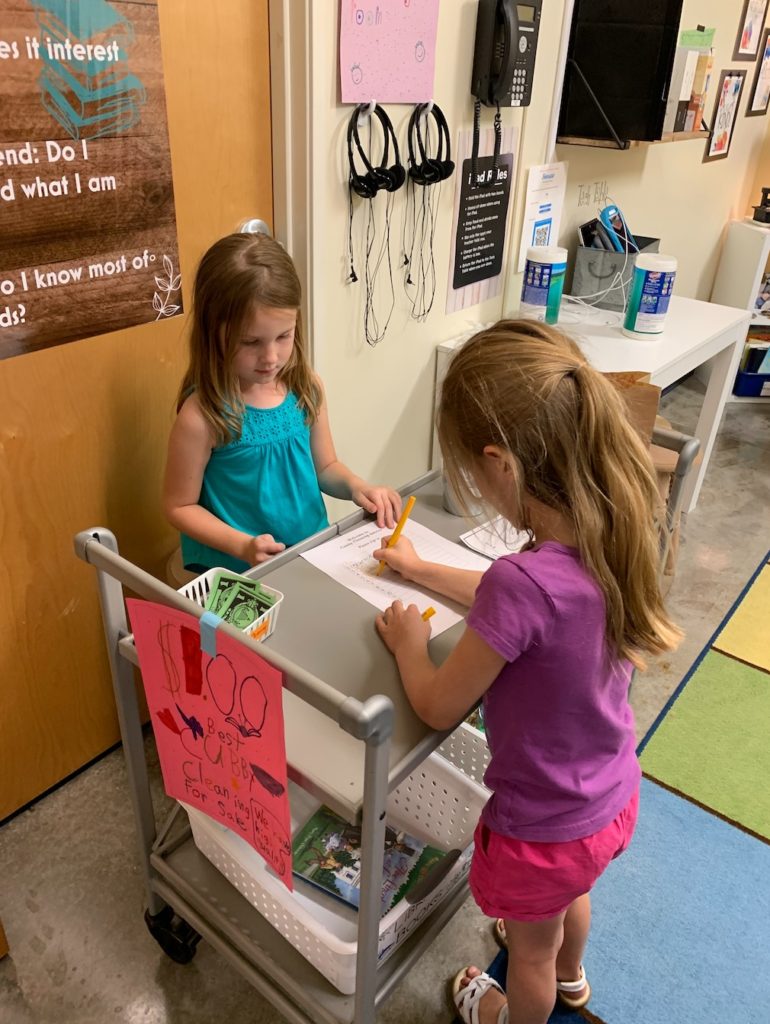
The entire unit is culminated with students developing a business of their own.
Educators in visual arts supported this unit by assigning students to design a storefront for their business and they learned that by working together as a team – architects design buildings; city planners design the layout and land use; landscape architects create parks and public spaces for everyone to enjoy together; and artists create public art. Most important – by being an active member of a community – everyone can join in the planning by making your ideas heard at town meetings and voting.
The students were immersed in the design thinking process. After learning to define problems, the students began to research, discuss, and generate solutions. Their design solutions are articulated in massing models of houses, site plans of landscape architecture, and an overall urban design that evolved from the students’ collaborative design work.
Our community design is based on new theories of urbanism. A town square forms the heart of our community. Public buildings surround it. Neighborhoods open to communal spaces that create a strong sense of neighborhood and place. You can walk everywhere or take public transportation. Our communities build friendships with neighbors and nature.
Students also integrated technology by designing business cards and using Google Maps to research where they would like to open their business.
On Tuesday, October 22 the students held a Community Ribbon Cutting and Business Expo. Students dressed in business casual attire, pitched their business ideas to guests, and passed out business cards. They also presented their collective business community architecture.
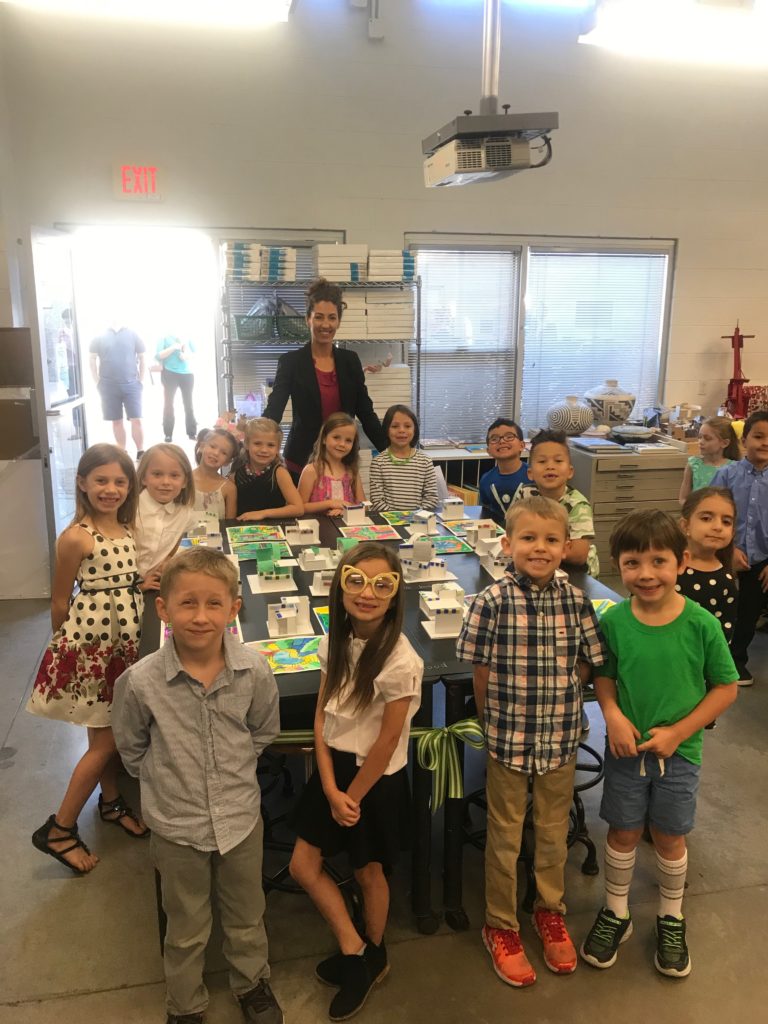
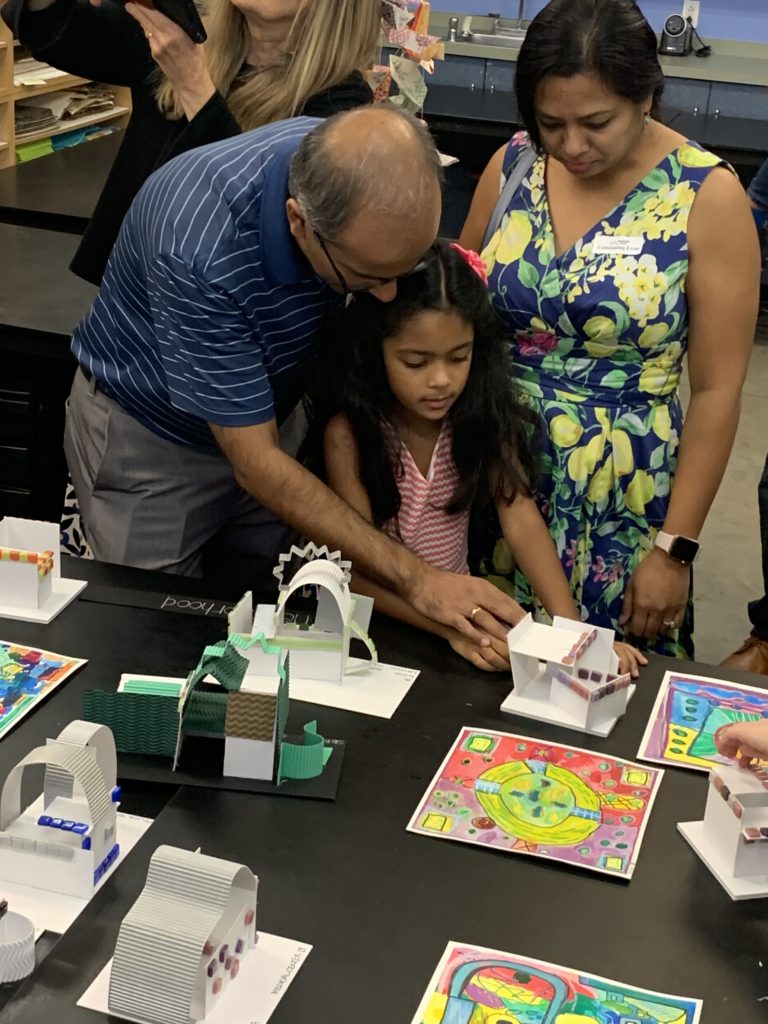
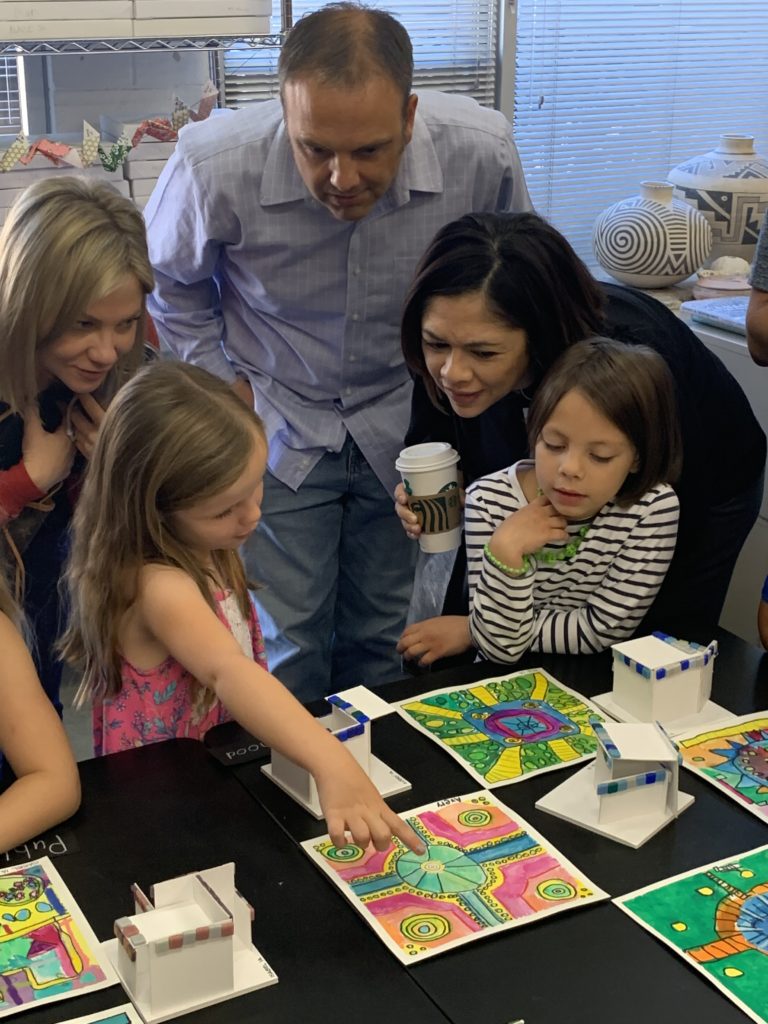
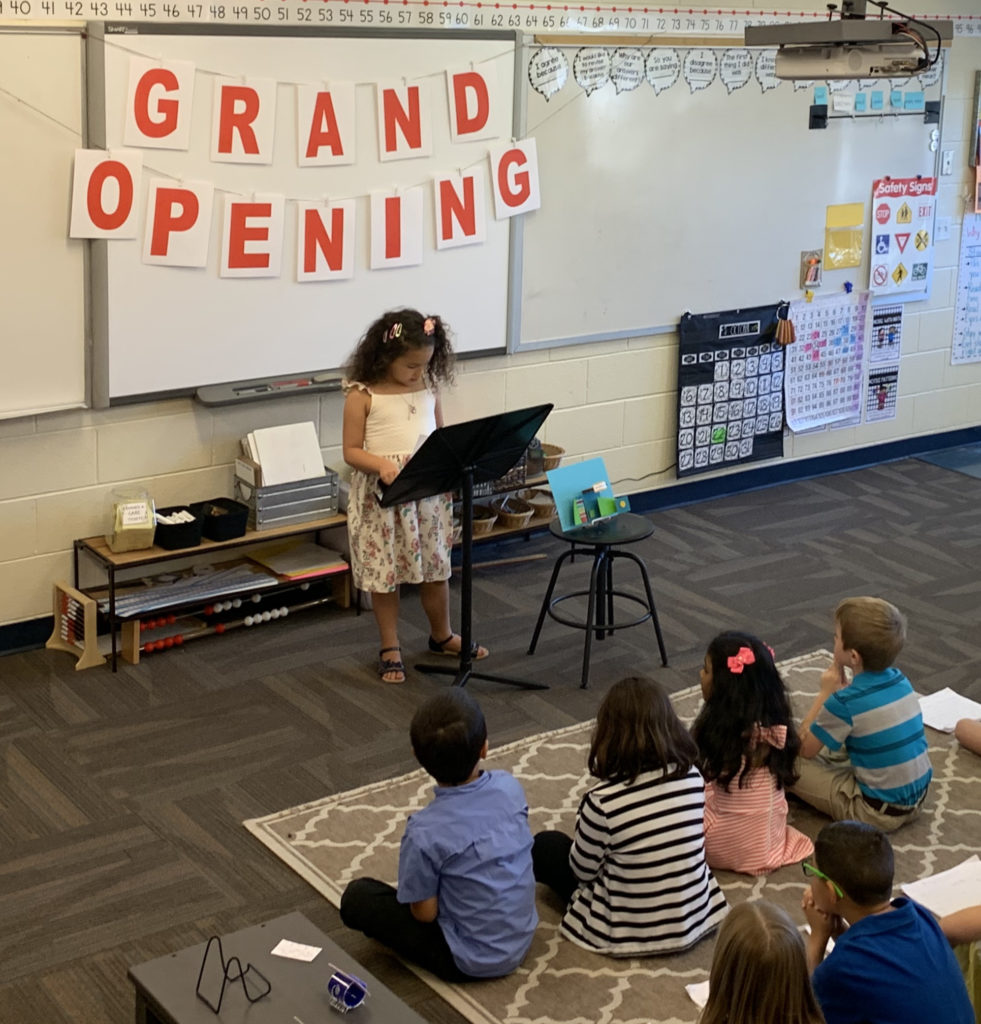
This is one incredible example of a multi-layered approach to hands on learning that is common at Summit. Students were able to absorb the concepts and will use them as a foundation for lessons to come in second grade and beyond.

